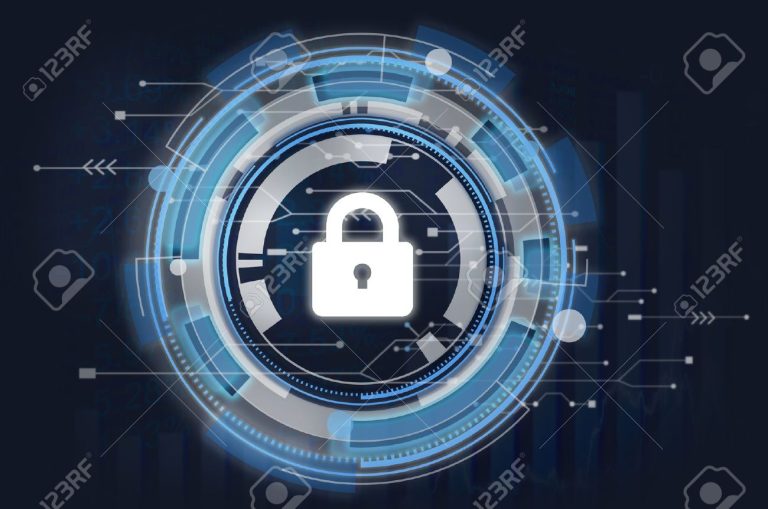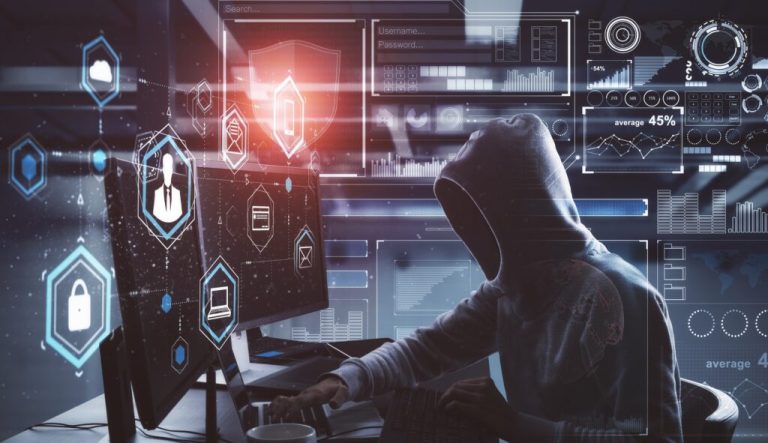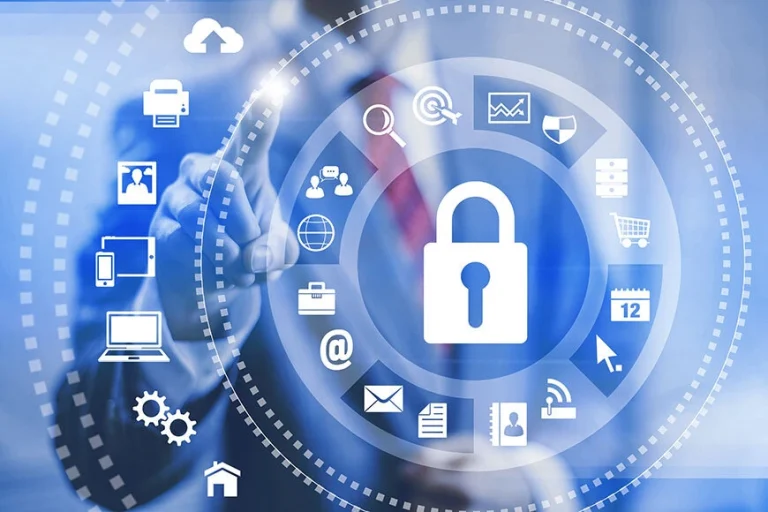Importance of Disaster Recovery Plan in Remote Working
Introduction
In the modern business landscape, remote work has become the new norm for many organizations, especially with the ongoing pandemic. While this new way of working has brought numerous benefits, it poses several challenges, including the need for a robust disaster recovery plan. Businesses recognize the importance of having a solid plan to mitigate the consequences of any unforeseen events that may disrupt their operations. Managed IT Services New Orleans experts help businesses to create an effective disaster recovery plan.
This blog will explore the importance of a disaster recovery plan in remote working and how businesses can stay prepared for unforeseen events.
7 Benefits of Disaster Recovery Plan in Remote Working
Identifying Remote Work Vulnerabilities
The shift to remote work has highlighted the importance of a disaster recovery plan. When employees are working remotely, it is essential to identify potential vulnerabilities and risks that may not have been present in a traditional office setting. Such vulnerabilities could include inadequate data protection measures, lack of secure communication channels, and limited access controls. A thorough risk assessment can help to identify these vulnerabilities so that appropriate measures can be taken to mitigate them.
Having a disaster recovery plan that includes remote work scenarios can help organizations minimize the impact of disruptions. This plan should outline how critical business operations will continue during a disaster and how employees will communicate with each other and with clients or customers. Organizations can ensure that their business operations remain resilient and effective even in challenging times by identifying remote work vulnerabilities and creating a comprehensive disaster recovery plan.
Safeguarding Data and Intellectual Property
As remote working becomes increasingly common, it is essential for businesses to have a disaster recovery plan in place to safeguard their data and intellectual property. Disasters such as cyberattacks, natural disasters, or human error can devastate a business’s operations. A comprehensive disaster recovery plan should include measures for preventing and mitigating potential disasters, such as regular data backups, secure storage of sensitive information, and employee training on cybersecurity best practices.
In a disaster, the plan should also outline detailed steps for restoring data and resuming business operations as quickly as possible. By prioritizing disaster recovery planning, businesses can ensure that they are prepared for any unforeseen circumstances that may arise while maintaining the security of their valuable assets.
Compliance and Legal Considerations
Disaster recovery planning is essential to remote working, particularly regarding compliance and legal considerations. As many businesses are now operating remotely, it is necessary to ensure that measures are in place to protect sensitive data and comply with relevant regulations. This includes having a disaster recovery plan that outlines how data will be backed up and restored in the event of a disaster, as well as procedures for maintaining data privacy and security.
Additionally, businesses must consider any legal requirements for disaster recovery planning, such as industry-specific regulations or contractual obligations. Failure to comply with these regulations can result in costly penalties and damage the business’s reputation. Therefore, companies must invest time and resources into developing a comprehensive disaster recovery plan that considers all relevant compliance and legal considerations.
Revise and Test Systems
A disaster recovery plan is more important than ever in today’s remote working environment. One key component of a disaster recovery plan is regularly revising and testing your systems to ensure they are effective in the event of an emergency. This includes reviewing your backup and recovery processes, testing your data restore procedures, and ensuring your employees can access critical applications and data remotely.
By regularly revising and testing your systems, you can identify any potential issues before they become significant problems, which can help minimize downtime and protect your business from financial losses. Additionally, staying up-to-date with the latest technologies and best practices for disaster recovery planning can help ensure your business is prepared for any situation.
Prioritize Employee Training
As remote work becomes increasingly prevalent, it is essential for organizations to prioritize disaster recovery planning. A critical aspect of this planning is ensuring that employees are appropriately trained in a disaster. This includes training on emergency procedures, communication protocols, and remote technology tools. By providing comprehensive training, organizations can ensure that their employees can handle unexpected events and minimize the impact on business operations.
Additionally, regular training updates and refreshers can help keep employees prepared for various scenarios and maintain the effectiveness of the organization’s disaster recovery plan.
Mitigating Downtime and Financial Losses
A disaster recovery plan is crucial to mitigating downtime and financial losses in the remote working landscape. With employees scattered across different locations, it is important to have a plan that can quickly respond to unexpected situations, such as natural disasters or cyber-attacks. A well-designed disaster recovery plan includes data backup and restoration, redundant communication systems, and apparent employee safety and evacuation protocols.
By having a comprehensive disaster recovery plan, businesses can minimize the impact of unforeseen events on their operations and maintain business continuity. It is essential for companies to prioritize disaster recovery planning in their remote working strategies to ensure the safety of their employees and the longevity of their business.
Use Robust Passwords
Regarding disaster recovery plans in remote working, one crucial aspect is using robust passwords. With more employees working remotely, there is an increased risk of cyber-attacks and data breaches. Passwords are a critical line of defense against these threats, but they can also be weak if not properly secured. To ensure that your disaster recovery plan is effective, you must use strong, complex passwords that are difficult for hackers to guess or crack.
Additionally, it is important to change passwords and avoid reusing them across multiple accounts regularly. By implementing these password best practices as part of your disaster recovery plan for remote working, you can help protect your business from potential cyber threats and ensure the safety and security of sensitive data.
Summary
As remote working continues to grow in popularity, the need for a disaster recovery plan becomes increasingly important. A well-crafted disaster recovery plan can help businesses mitigate the risks and challenges of remote working, such as cybersecurity threats, technological failures, and natural disasters. By implementing a comprehensive plan that includes regular testing and training, businesses can ensure they are prepared to respond quickly and effectively in an emergency. The importance of disaster recovery planning cannot be overstated in today’s fast-paced and ever-changing business environment.







